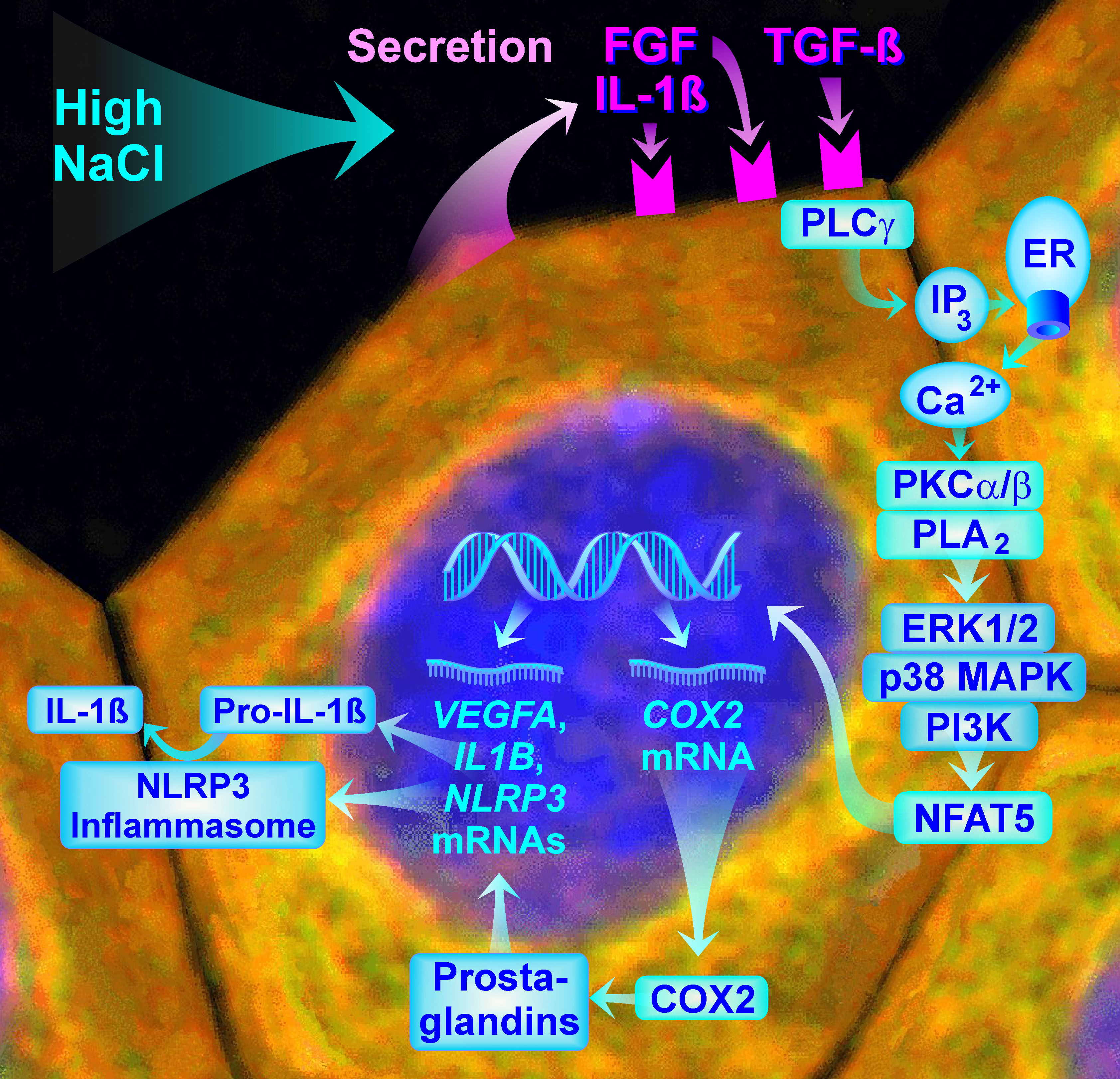Figure 8. Schematic summary of the intracellular signal transduction pathways implicated in mediating NaCl-induced cyclooxygenase-2
(COX2) gene expression and the effects of COX2 activity in retinal pigment epithelial (RPE) cells. High extracellular NaCl induces
release of inflammatory and growth factors from RPE cells; autocrine or paracrine activation of fibroblast growth factor (FGF),
transforming growth factor-β (TGF-β), and interleukin-1 (IL-1) receptors increases NaCl-induced expression of the COX2 gene. NaCl-induced expression of the COX2 gene is dependent on intracellular calcium signaling mediated by phospholipase Cγ (PLCγ) and IP3-induced release of calcium from the endoplasmic reticulum (ER), as well as phosphopolipase A2 (PLA2) activity. These events are likely implicated in activation of extracellular signal-regulated kinases 1 and 2 (ERK1/2), p38
mitogen-activated protein kinase (p38 MAPK), and phosphatidylinositol-3 kinase (PI3K) signal transduction pathways that contribute
to the expression of the osmosensitive transcription factor nuclear factor of activated T cell 5 (NFAT5). NFAT5 activity is
involved in mediating NaCl-induced COX2 gene expression. COX2 activity stimulates the hyperosmotic expression of angiogenic (VEGFA) and inflammatory factor (NLRP3 and IL1B) genes, and IL-1β production by the activated NLRP3 inflammasome.

 Figure 8 of
Messerschmidt, Mol Vis 2019; 25:329-344.
Figure 8 of
Messerschmidt, Mol Vis 2019; 25:329-344.  Figure 8 of
Messerschmidt, Mol Vis 2019; 25:329-344.
Figure 8 of
Messerschmidt, Mol Vis 2019; 25:329-344. 